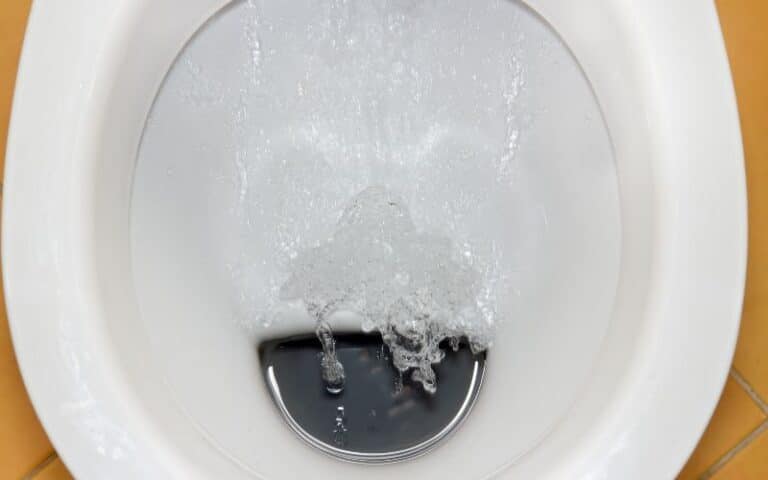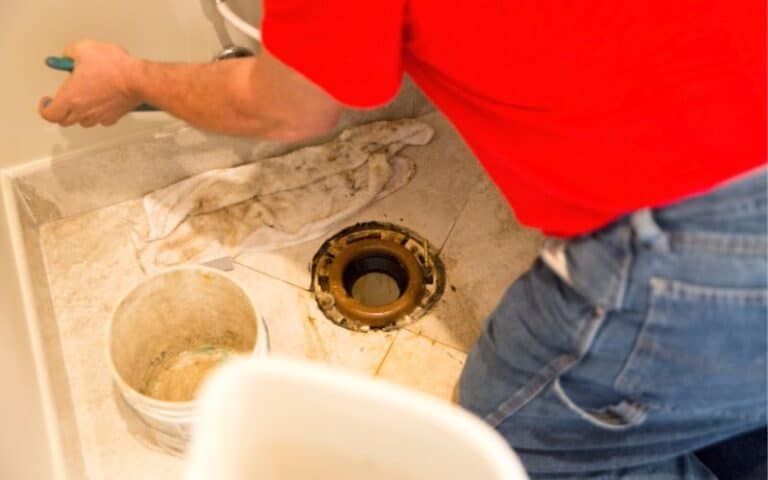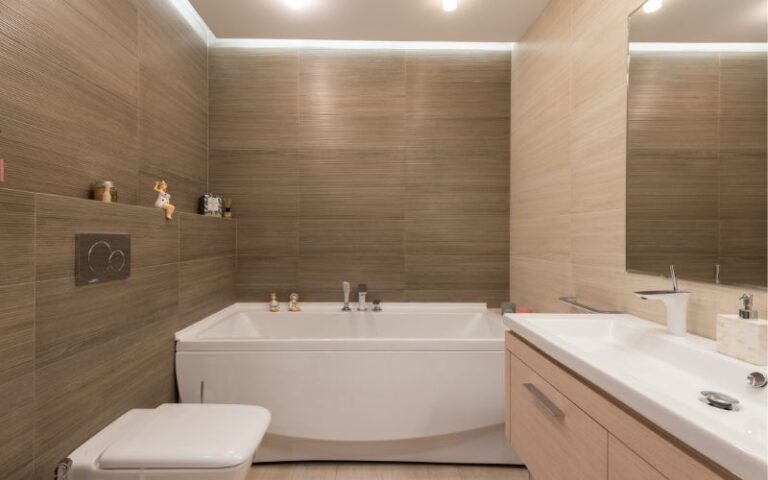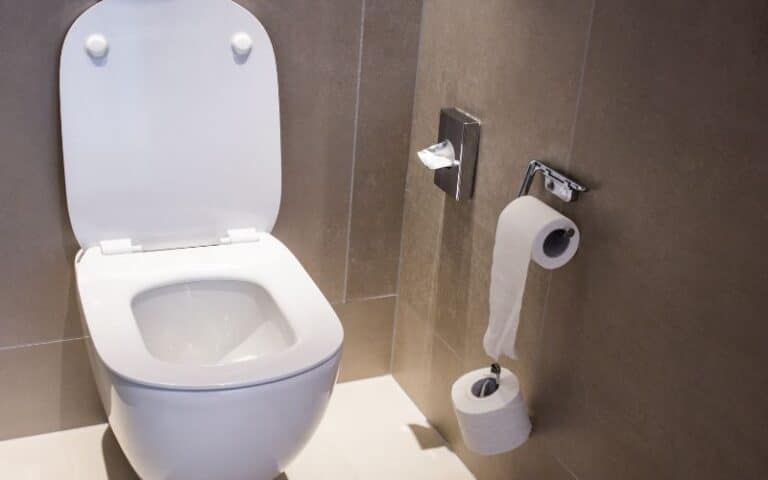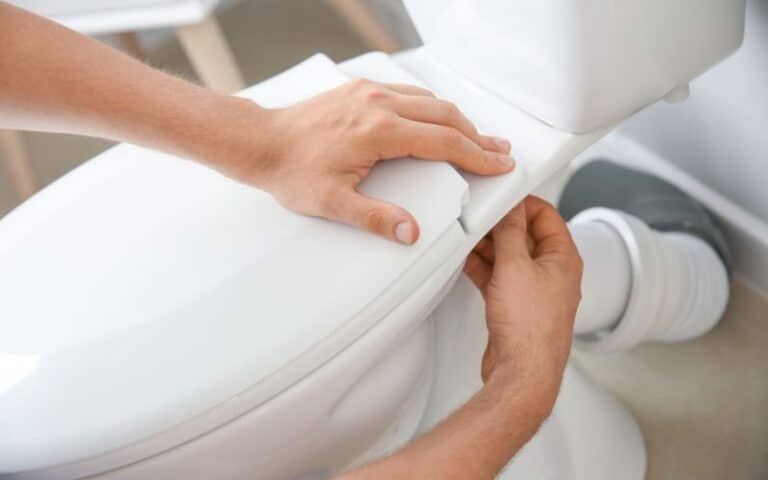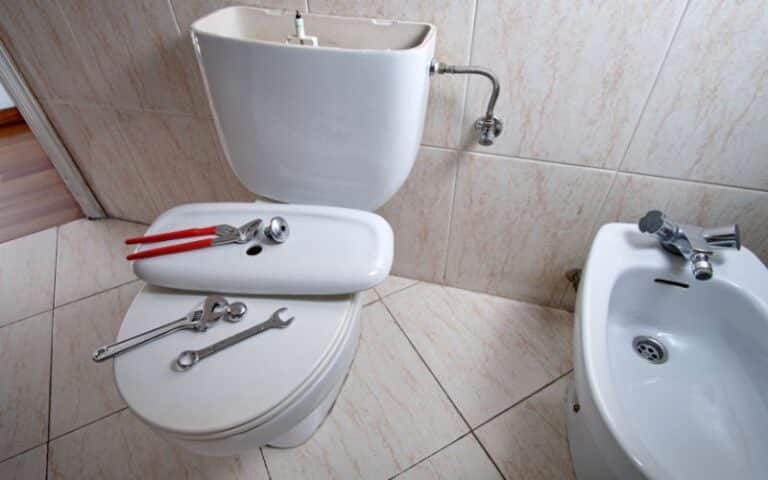Every inch of your house is a reflection of your personal preferences. That bathtub, the size of your sink, and toilet position are variables you can always change to suit your taste.
Perhaps you’re a fan of sleek modern toilets, or you’re in love with a more traditional variant. You can customize whatever you want.
However, some things are almost the same across the board, and the bathroom vanity outlet height is one of them.
Place your bathroom vanity outlet eight feet or 48 inches above your shower threshold. Additionally, it should be at least 1 foot or 6 inches away from the sink but not more than 3 feet or 18 inches away. You can play around with the measurement but ensure you always stay within these requirements.
Don’t worry; you will learn that in a few seconds. Furthermore, you will also learn what vanity height is ideal for your outlets. Hence, if you want to learn all these, please, keep reading.
What Height Should a Bathroom Vanity Outlet Be?
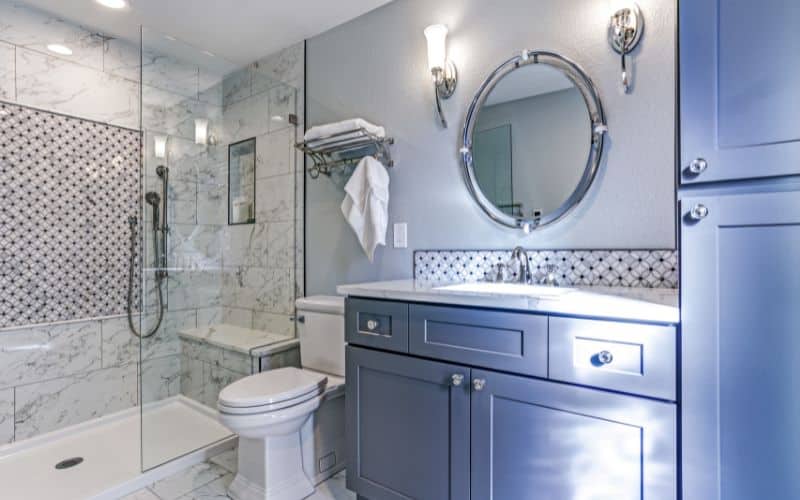
The ideal height for your vanity outlet should be around eight feet or 48 inches above your shower threshold or bathtub.
You must maintain this height because it protects you and your property.
Since your bathroom is always humid, installing your vanity outlet close to the floor might be dangerous.
Hence, it’s preferable to strictly adhere to your area’s building code while installing a vanity outlet.
Do note that the measurements above are general for multiple areas. Thus, you should check the building codes in your area before installing a vanity outlet.
Additionally, ensure you don’t position your vanity outlet over the sink. You don’t want your hair dryer or electric shaver wires dangling and touching the sink.
A bathroom vanity outlet is a wall outlet that allows you to plug your bathroom appliances.
The best position for a bathroom vanity outlet is at least a foot or 6 inches to the left or right of your bathroom sink.
Also, if your bathroom is big enough, you can include another outlet close to the bathroom door for a vacuum cleaner. It is especially useful if you have a makeup table.
Since it gets messy occasionally, keeping your toilet clean at all times would be lovely.
Plus, it will allow you to plug in the vacuum cleaner if you don’t have a rechargeable one.
Where Should the Bathroom Vanity Outlet Be?
Installing a bathroom vanity outlet is no simple task. There are several things you have to take into consideration during installations.
You may be surprised by the number of regulations over a simple outlet in your bathroom.
A bathroom space might be small, but when it comes to its power needs, it’s by no means small.
If anything else, you should pay more attention to electrical fittings in your bathroom because it is always humid and soggy there.
All it takes is for a single wire to go out of place, and you may get seriously injured. Hence, it’s all hands on deck when you’re installing outlets in your bathroom.
However, once you get the guidelines hammered down, you will have no problems installing your bathroom vanity outlet.
Hence, turn your attention to the next few sections for points you should note while installing your outlet:
#1. Assess Your Bathroom’s Power Needs
Before you venture off installing vanity outlets in your bathroom, you have to assess the power needs in your bathroom properly.
For instance, you must consider the number of appliances you want to operate in your bathroom.
Technological advancement is bringing high-tech appliances that need much power to operate.
Hence, before installing any outlet, take a step back to consider the present and future.
Additionally, will the bathroom be shared? For instance, teenage girls often use hair dryers in the morning.
You will want to install more vanity outlets for your girls to use their appliances simultaneously.
#2. Where Do You Need Your Cord to Reach?
If you’re using wire appliances, you don’t want a situation where you have to move away from the mirror or sink to use your appliance.
However, you also don’t want the outlet too close to the sink so your cords don’t come in contact with water sources.
#3. Do You Have Rechargeable Appliances?
Consider installing an outlet in the storage area if you have rechargeable devices like toothbrushes, shavers, or electronic skin cleansers.
That way, you can charge your appliances while they’re not in use. Installing an outlet inside a storage unit also allows you some space on your vanity counter.
You can install outlets in areas like drawers, shelves, or cabinets.
#4. How Tall Are You?
Although electrical codes are strict when it comes to outlet distance from the sink, they are flexible when it comes to height.
You can play around with the height to help you get a better experience. You don’t want to add bending to plug and unplug your appliance to your daily routine.
Hence, position your vanity outlet in a very comfortable position where you can easily reach it.
#5. Do You Use Your Phone in the Bathroom?
Our phones have become a mobile powerhouse for everything we need. Thus, you should consider having a special outlet if you mostly use your phone in the bathroom.
This way, you can charge your phone while listening to good music if you forgot to plug it in the previous night.
#6. Are You Big on Aesthetics?
If you’re mindful of your bathroom’s aesthetics, you’ll agree that even the slightest change can become so evident and ruin the beauty of the space.
Hence, while installing your bathroom vanity outlet, ensure it blends in or compliments the atmosphere.
You can also conceal the outlet, like installing it in drawers or cabinets.
What Is the Code for Outlets in a Bathroom?
If you’re doing this as a DIY project, you must familiarize yourself with your area’s electrical codes and rules.
You must educate yourself on the requirements of the International Building Code, National Electrical Code, or any other local electrical regulations in your area.
You must check each of these regulating bodies because, at times, certain rules aren’t as important in NEC, but not on the local level. Other times, it’s the other way around.
Learning all the rules and regulations surrounding outlet installments in the bathroom can get overwhelming. Luckily, the rules have a bare minimum you can always aim for.
Electrical rules and regulations around outlet installments in the bathroom only specify the distance between multiple vanity outlets.
Once you follow the bare minimum, you can place your vanity outlet anywhere you would like them to be.
If you’re interested in learning the bare minimum NEC expects you to follow, please, refer to the following bullet points:
- You must install Ground Fault Circuit Interrupters (GFCIs) in bathrooms to protect yourself from electrocution.
GFCIs are a bare minimum because they constantly monitor the current flow in the outlet.
If you might get electrocuted, the GFCI outlet will cut off the power supply, keeping you and your properties safe.
- You must install an outlet within 36 inches of your sink’s edge.
- You must not install any outlet facing up on your vanity countertop.
- You must install at least one high-output outlet that can carry high appliances. You don’t want to plug in a high-wattage appliance on a low-wattage outlet.
It will trip off the electrical system and turn your lights off.
There are so many rules you have to note while installing a bathroom vanity outlet, but why do you need it?
If you’re struggling to understand the need for a vanity outlet, please, refer to the following table:
| Bathroom Vanity Outlet Present | No Bathroom Vanity Outlet |
|---|---|
| You can use your wire appliances in your bathroom | You have to leave your bathroom when you want to use your wire appliances |
| You can charge your phone while you’re in the bathroom | You can’t charge your phone in the bathroom |

